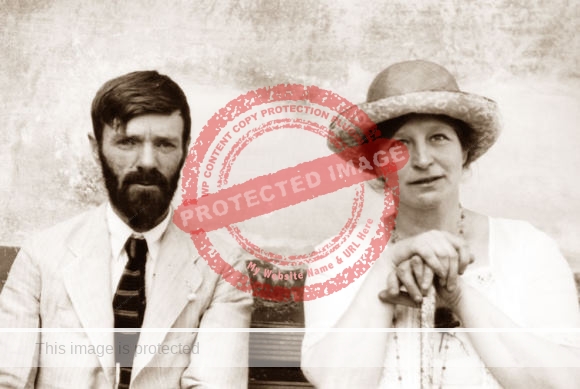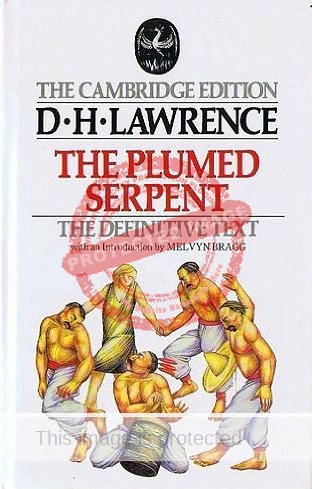To honor the centenary of D H Lawrence’s visit in 1923 to Chapala (where he wrote the first draft of The Plumed Serpent) here are links to posts about his time and work in Chapala, as well as links to short profiles of his immediate literary entourage and others closely associated with him:

D. H. Lawrence and his wife, Frieda. Chapala, 1923
- D. H. Lawrence
- D. H. Lawrence’s novel “The Plumed Serpent” (1926) is set at Lake Chapala
- Photographer and hotelier Winfield Scott (1863–1942)
- D. H. Lawrence found inspiration in 1923 at Lake Chapala
- Kai Gøtzsche (1886-1963) paid a brief visit to Chapala with D. H. Lawrence in 1923
- Poet and author of children’s tales Idella Purnell (1901-1982)
- “The Idols Of San Juan Cosala” by Idella Purnell
- Quinta Quetzalcoatl, the D. H. Lawrence house at Lake Chapala
- D. H. Lawrence’s four-day boat trip around Lake Chapala
- Emma-Lindsay Squier (1892-1941) and a Lake Chapala folk tale
- Emma-Lindsay Squier describes Chapala and Jocotepec in 1926
- Witter Bynner, poet, 1923
- Poet Willard “Spud” Johnson visited Chapala in 1923
- Pioneering feminist Elsie Crews Parsons visited Chapala in 1932

Several chapters of Foreign Footprints in Ajijic: Decades of Change in a Mexican Village (2022) and of If Walls Could Talk: Chapala’s Historic Buildings and Their Former Occupants (2020), translated into Spanish as Si las paredes hablaran: Edificios históricos de Chapala y sus antiguos ocupantes relate to other artists and authors associated with Lake Chapala.
Comments, corrections and additional material welcome, via comments feature or email.
Tony Burton’s books include “Lake Chapala: A Postcard History” (2022), “Foreign Footprints in Ajijic” (2022), “If Walls Could Talk: Chapala’s historic buildings and their former occupants” (2020), (available in translation as “Si Las Paredes Hablaran”), “Mexican Kaleidoscope” (2016), and “Lake Chapala Through the Ages” (2008).